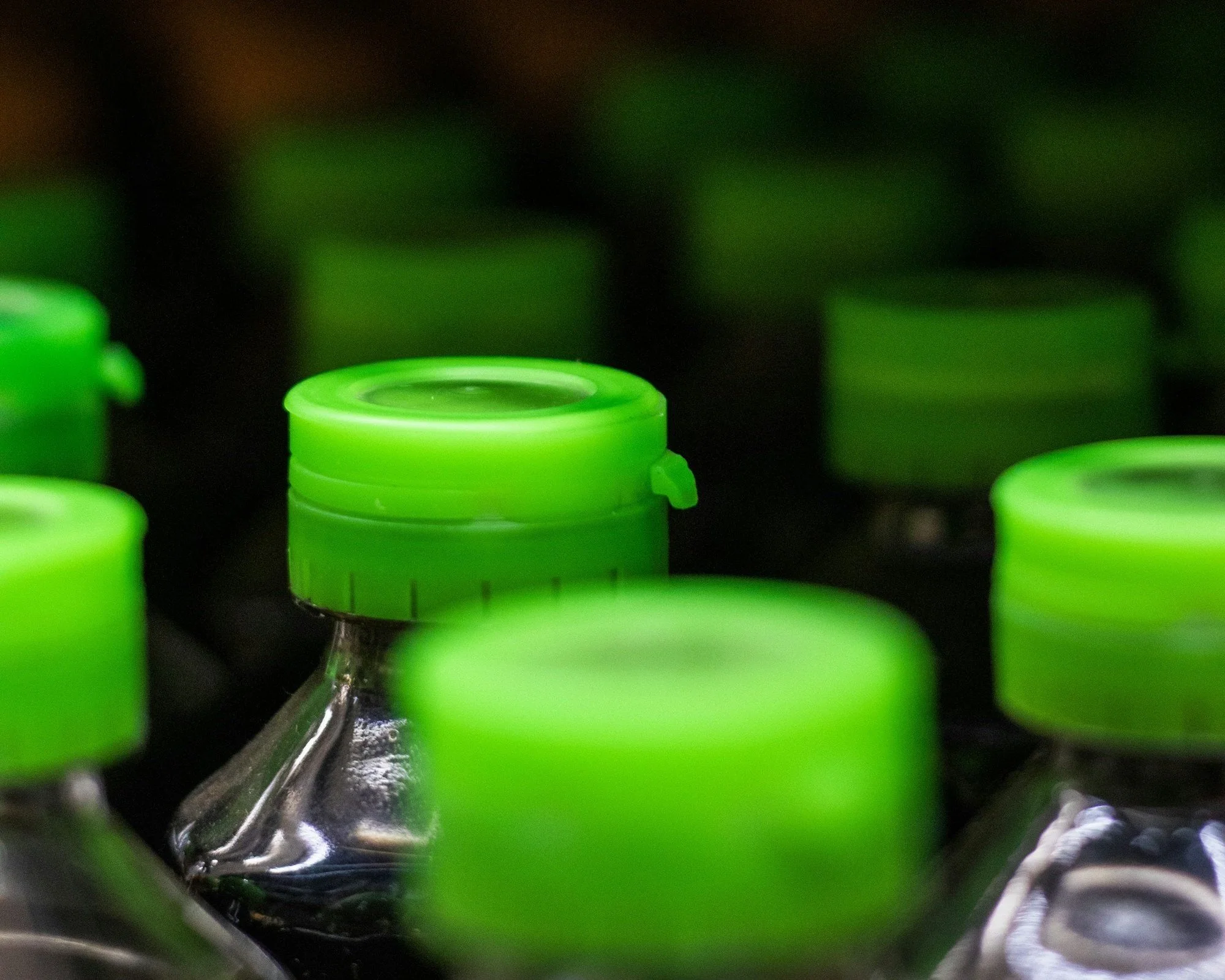Are you ready for the new GPSR regulations in the UK?
The General Product Safety Regulation (GPSR) is a legislative framework established by the European Union to ensure that consumer products within the EU market are safe for use. It replaces the previous General Product Safety Directive (GPSD) of 2001, aiming to modernize product safety rules to address advancements in technology and changes in consumer behavior, such as the rise of online shopping. farrer.co.uk
Key Drivers for the New Regulation
Several factors prompted the development of the new GPSR:
Technological Advancements: The emergence of new technologies, including smart devices and the Internet of Things (IoT), introduced complexities in product safety that the older directive did not adequately address. farrer.co.uk
E-commerce Growth: The significant increase in online shopping created challenges in monitoring and ensuring the safety of products sold through various digital platforms. farrer.co.uk
Regulatory Gaps: The previous directive, being over two decades old, had gaps that needed to be filled to ensure comprehensive consumer protection in the current market landscape. farrer.co.uk
By implementing the GPSR, the EU aims to enhance consumer protection by ensuring that all products placed on the market are safe for use, thereby addressing the challenges posed by modern technological and market developments. productcompliancesupport.co.uk
The United Kingdom is undergoing significant reforms in its product safety legislation, aiming to modernize and enhance consumer protection. These changes are particularly pertinent for businesses across various industries, as they introduce new obligations and standards to ensure product safety.
Key Reforms in the UK's Product Safety Legislation
The UK government has outlined a phased approach to implementing product safety reforms, focusing on consumer protection and business adaptation. This approach includes the development of new 'product requirements' that cover how consumer products are manufactured, the technical standards they must comply with, and how they can be marketed. These requirements are likely to impose new obligations on manufacturers, importers, and providers of online marketplaces. womblebonddickinson.com
Additionally, the reforms aim to ensure the safety of products sold through online marketplaces. The legislation references the development of product requirements relating to the marketing of products through these platforms, recognizing the growing prevalence of online shopping and the need for robust safety measures in the digital marketplace. womblebonddickinson.com
Significant Changes by Industry
Manufacturing: Manufacturers will need to adhere to new technical standards and manufacturing processes to ensure product safety. This includes rigorous testing and quality control measures to comply with the updated regulations.
E-commerce: Online retailers and marketplace providers will be required to implement stricter controls to ensure that products sold on their platforms meet the new safety standards. This may involve enhanced vetting of third-party sellers and more robust product listing requirements.
Consumer Electronics: With the increasing integration of technology in consumer products, electronics manufacturers must ensure that their products are safe for use and comply with the new regulations. This includes addressing potential risks associated with emerging technologies.
Best Practices for Compliance
To navigate these regulatory changes effectively, organizations should consider the following best practices:
Stay Informed: Regularly monitor updates from official government sources and industry bodies to stay abreast of the latest regulatory developments.
Conduct Compliance Audits: Perform thorough audits of existing products and processes to identify areas that may require adjustments to meet the new standards.
Implement Training Programs: Educate employees across all relevant departments about the new regulations and their roles in ensuring compliance.
Engage with Legal Counsel: Consult with legal experts specializing in product safety to obtain guidance tailored to your organization's specific circumstances.
Enhance Supply Chain Transparency: Work closely with suppliers and partners to ensure that all components and materials used in products comply with the new safety requirements.
By proactively adopting these best practices, organizations can not only achieve compliance with the new UK product safety regulations but also demonstrate a commitment to consumer safety and corporate responsibility.

